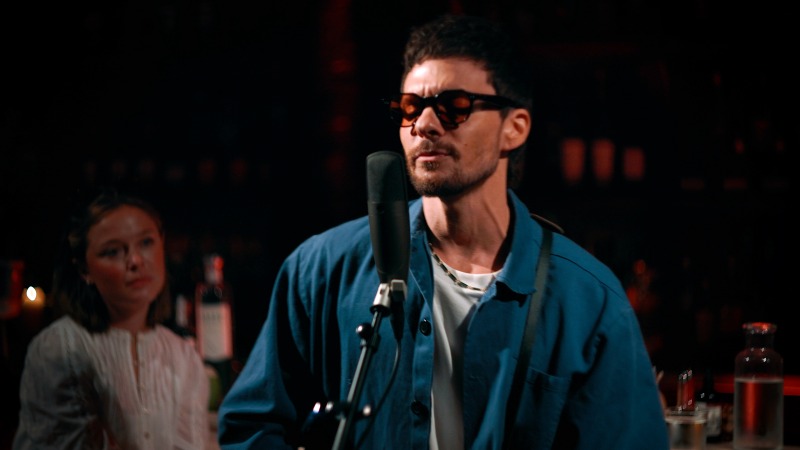Listening to My Life: Bill Evans
Bill Evans changed the face of jazz. But in typical self-effacing fashion, he did it quietly and unassumingly, presiding over a musical revolution characterized by gentleness and lyrical romanticism rather than bombast and self-promotion. His many innovative contributions whisper rather than scream and are cloaked in understated beauty.
Bespectacled and painfully shy, torn by the self-doubts and insecurities that eventually led to decades of heroin addiction, Bill Evans played the piano as if he were trying to tame a fearsome beast. In his typical concert pose—hunched over the keys, head bowed low—he looked more like a humble supplicant than a star. But make no mistake. Bill Evans is a jazz giant, as influential as any musician in the genre’s history, and he casts a large shadow over pianists as diverse as Keith Jarrett, Herbie Hancock, Chick Corea and Brad Mehldau. His nuanced touch is unparalleled, and he plumbed the depths of a highly evocative lyricism that remains uncommonly intimate, yearning and lovely.
Trained on flute and piano from an early age, Evans majored in music during college and later pursued graduate piano studies in New York City. He seemed destined for a teaching or classical-performance career. But an exploratory stint in Tony Scott’s Quartet and an encounter with modal-jazz theorist George Russell set him on another course. After two fine but largely unnoticed albums as the leader of his own piano trio, Evans got his big break in 1958 when Miles Davis asked him to join the now venerated sextet that included John Coltrane and Cannonball Adderly. The yearlong apprenticeship in Davis’ band was a marvelous learning laboratory. Just as importantly, though, Evans added his own distinctive stamp to Miles’ music, and he was instrumental in steering the group toward the modal experiments that culminated in 1959’s Kind of Blue, arguably the greatest, most important jazz album ever recorded. If he’d stopped there, his place in the jazz pantheon would’ve been assured.
-

-

-

-

-

-

-

-

-

-

-

-

-

-

-

-

-

-

-

-

-

-

-

-

-

-

-

-

-

-

-

-

-

-

-

-

-

-

-

-








































